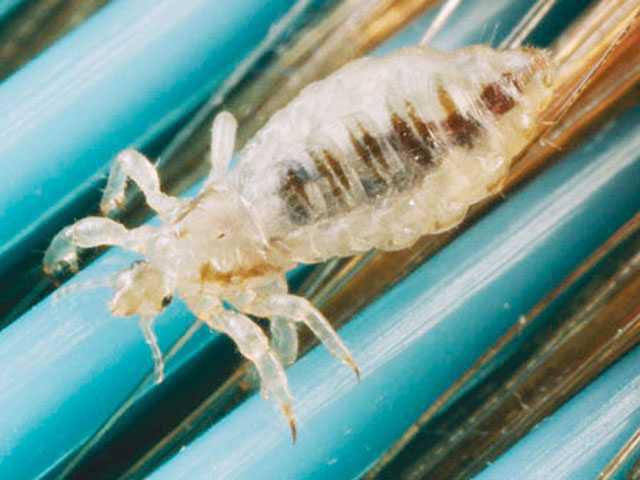When Bill Draa was at the Banta Elementary School District, he encountered his fair share of hair-lice infestation among children.
“It was mostly among the younger children, from primary to first, second, and third grades,” he said on Wednesday. “We had at least one case a year.”
The Superintendent at Ripon Unified – Draa previously held the top administrative position at Banta before coming here during the summer – noted that education is perhaps the best way at remedying the problem.
At RUSD, the head lice problem is handled the same as in many school districts.
“Usually, the school secretary would be the first to check the child,” Draa said. “If found, (the child) would be sent home with a note and instructions to the parents on how to eliminate the spread of lice.”
For those families who can’t afford it, Ripon Unified will help provide the medication.
“The child can still come back to school the next day but would still be checked. We have to be diligent about it. If not, the problem could reoccur.”
That’s far cry from a recent report about some schools allowing kids with live lice back in the classroom under a less restrictive policy.
The policy shift in those school districts, in part, was designed to keep youngsters from missing class or face embarrassing them and protecting their privacy.
Lice are tiny grayish white bugs that infest a scalp, sucking bits of blood every few hours.
Draa, from his experience, noted that lice often crawl from coats and sweaters worn by children that are hung up or stacked close together in the classroom. “It’s usually not a sign of poor hygiene,” he said.
The Centers for Disease Control and Prevention reported an estimated 6 million to 12 million head lice infestation each year in the U.S. among youngsters age 3 to 11. Health experts agree that lice are not a health hazard or spreaders of disease only a discomfort to kids due to the unpleasant itchiness.
Judy Anderson, who is a RUSD nurse, said head lice infestations are a common problem in children, including those who practice good hygiene and wash their hair often.
“Lice are spread by direct contact or by sharing combs, brushes, hats, etc. (among other children),” she said in newsletter on the RUSD web sites.
Students may return to school but only when the hair is found to be free of nits, Anderson added.
Ripon: Zero tolerance for head lice
Ripon students must be lice free to return to school


